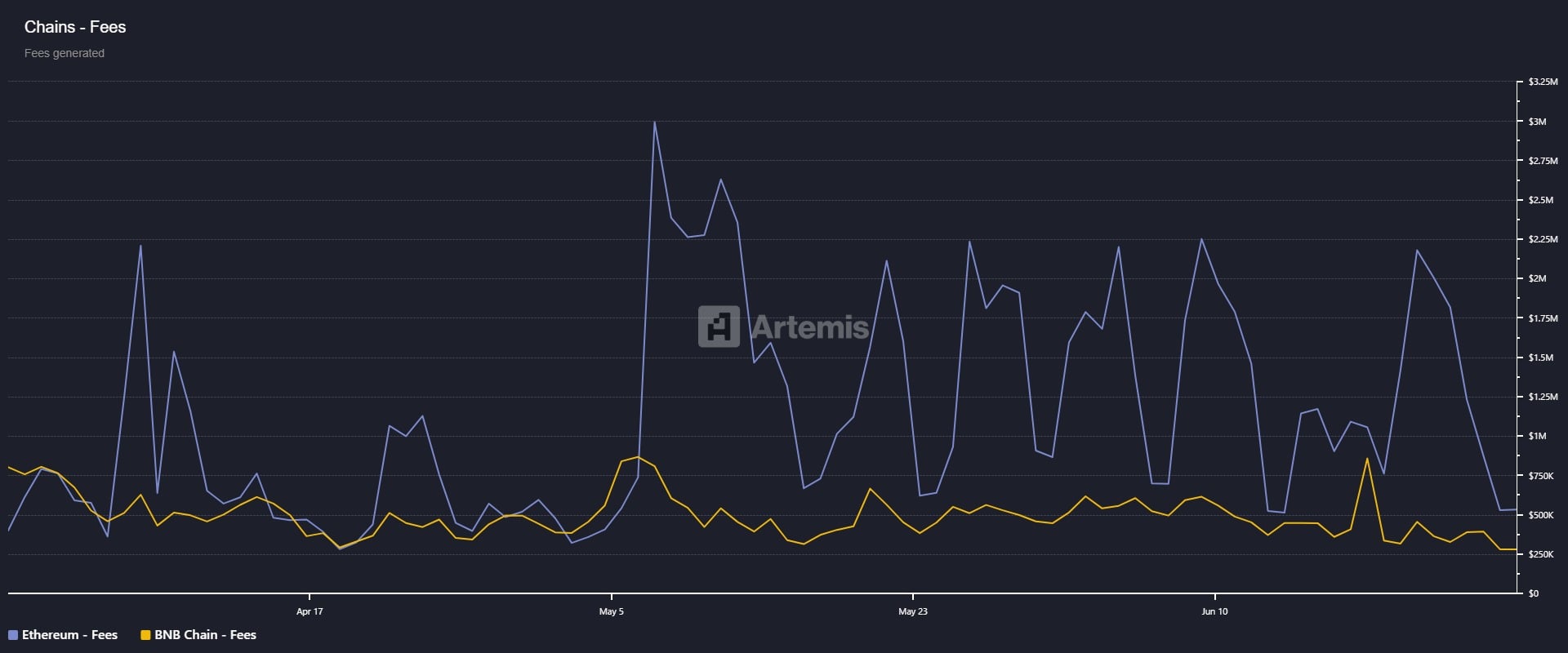BSC’s Maxwell Upgrade: The Ethereum Killer DeFi Has Been Waiting For?
Binance Smart Chain's Maxwell upgrade just dropped—and it's gunning straight for Ethereum's throne. Lower fees, faster finality, and EVM-compatible hooks could finally flip the script on DeFi's old guard. Here's why degens are paying attention.
Gas Wars No More?
BSC's revamped architecture slashes transaction costs to pennies while maintaining 3-second block times. Ethereum's Layer 2 solutions suddenly look like Rube Goldberg machines by comparison.
The Interoperability Play
Maxwell's cross-chain bridges don't just connect to Ethereum—they vacuum up liquidity from it. Watch for yield farmers to migrate faster than a VC dumping seed tokens.
Regulation-Proof or Just Regulation-Oblivious?
BSC's 'ask forgiveness later' approach to compliance might backfire spectacularly. Then again, when has crypto ever cared about paperwork?
Prediction: ETH maximalists will dismiss this right up until their favorite protocols start launching BSC-first. The house always wins—but in DeFi, the house keeps changing addresses.
BNB chain doubles down on speed with Maxwell upgrade
As AMBCrypto flagged, Ethereum is deliberating a block time reduction from 12 seconds to 6 seconds as part of the upcoming Glamsterdam upgrade, expected in 2026.
Meanwhile, BNB Chain has already taken action. Its Maxwell upgrade has slashed block time from 1.5 seconds to 0.75 seconds.
Statistically, lower block time translates to higher block frequency. With Maxwell in place, BSC now produces roughly 4,800 blocks per hour, or 115,200 per day.
Even if Ethereum implements the 6-second slot time, it WOULD generate only 14,400 blocks per day. That means BSC is on pace to produce nearly 8x more blocks daily, giving it a significant edge in transaction throughput and settlement speed.
However, speed alone doesn’t guarantee network dominance. So, does this architectural divergence translate into measurable gains in BSC’s on-chain activity, DeFi liquidity flows, and price momentum?
Can performance gains drive BSC’s ecosystem impact?
At the time of writing, on-chain numbers seemed to suggest that BSC’s speed boost might actually be paying off. It’s seeing 2.04 million active addresses, nearly five times more than Ethereum’s 411,000 – A clear sign of broader user activity.
The DEX volume backed it up too – $7.38 billion on BSC in just 24 hours, compared to $1.44 billion on Ethereum. That kind of liquidity FLOW means BSC’s faster block times are helping fuel real usage across DeFi.
And yet, BSC still lags behind Ethereum in total value locked (TVL) and protocol revenue. This implies that while BSC excels in user activity, Ethereum continues to attract deeper capital and higher-value DeFi interactions.

Source: Artemis Terminal
The divergence alludes to a structural difference too – BSC is optimized for scale and speed, whereas Ethereum remains the primary venue for capital-intensive, yield-bearing protocols.
In essence, one chain is moving faster, while the other is still holding more value. That means while the Maxwell upgrade may drive higher engagement, it still operates well below Ethereum’s dominance in TVL and fee capture.
If Ethereum’s Glamsterdam upgrade successfully improves block times without compromising decentralization, it could neutralize BSC’s speed advantage. In turn, tightening the race for DeFi relevance.
Subscribe to our must read daily newsletter

